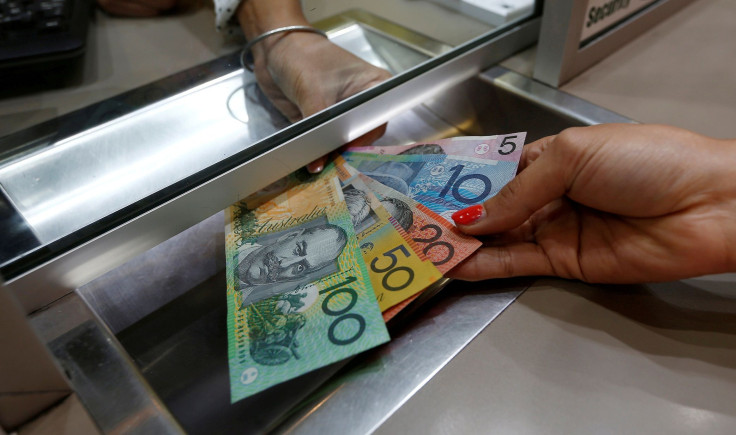Australia narrowly averts recession following growth of 1.1 percent

Australia has been able to narrowly avert a recession, the national accounts data revealed. The statistics, revealed on Wednesday, show that the Australian economy climbed by 1.1 percent in the last quarter.
A country finds itself in a state of recession if and when the gross domestic product declines in two quarters in a row. The economy fell by 0.5 percent in the three months to Dec. 1.
The findings were welcomed by Treasurer Scott Morrison. However, he said the growth “cannot be taken for granted and is not being experienced by all Australians in all parts of the country in the same way.”
“Our growth continues to be above the OECD average and confirms the successful change that is taking place in our economy as we move from the largest resources investment boom in our history to broader-based growth,” Morrison said.
According to the Bureau of Statistics, increasing household spending – of 0.5 percentage points – and public investment in, for example, infrastructure – of 0.3 percentage points – have been touted as the two largest factors influencing Australia’s economic growth at the end of 2016.
The fall in household incomes was largely influenced by a decline in the "compensation of employees,” something that has occurred for the first time since the September quarter of 2012. Workers' pay suffered a downfall of 0.5 percent in the quarter.
Official data gathered from the Bureau of Statistics suggests the growth in the economy was helped by impressive performance of 15 out of 20 industries. Mining, agriculture, forestry and fishing and professional scientific and technical services contributed heavily to the GDP growth.
The ratio of Australia’s export prices to that of import prices, also called as the terms of trade, upped by 9.1 percent. This was majorly aided by increase in coal and iron ore prices – an improvement of as much as 15.6 percent from the December 2015 quarter. The GDP increased by 2.4 percent through the year. The nominal GDP, which is evaluated at current market prices, upped by 3 percent – helping it reach 6.1 percent higher.
Emily Dabbs, an economist at Moody's Analytics, said the quarterly growth has perhaps seen its golden period. "The strength in the December quarter is due to the low base effect from that decline in September quarter. So we don't expect this type of growth in coming quarters, that's for sure," she said, speaking with Reuters (via the ABC).
“The Australian economy is performing well but, on the domestic front, weak wage growth is crimping household demand,” she said. “So that will probably weigh on growth."




















